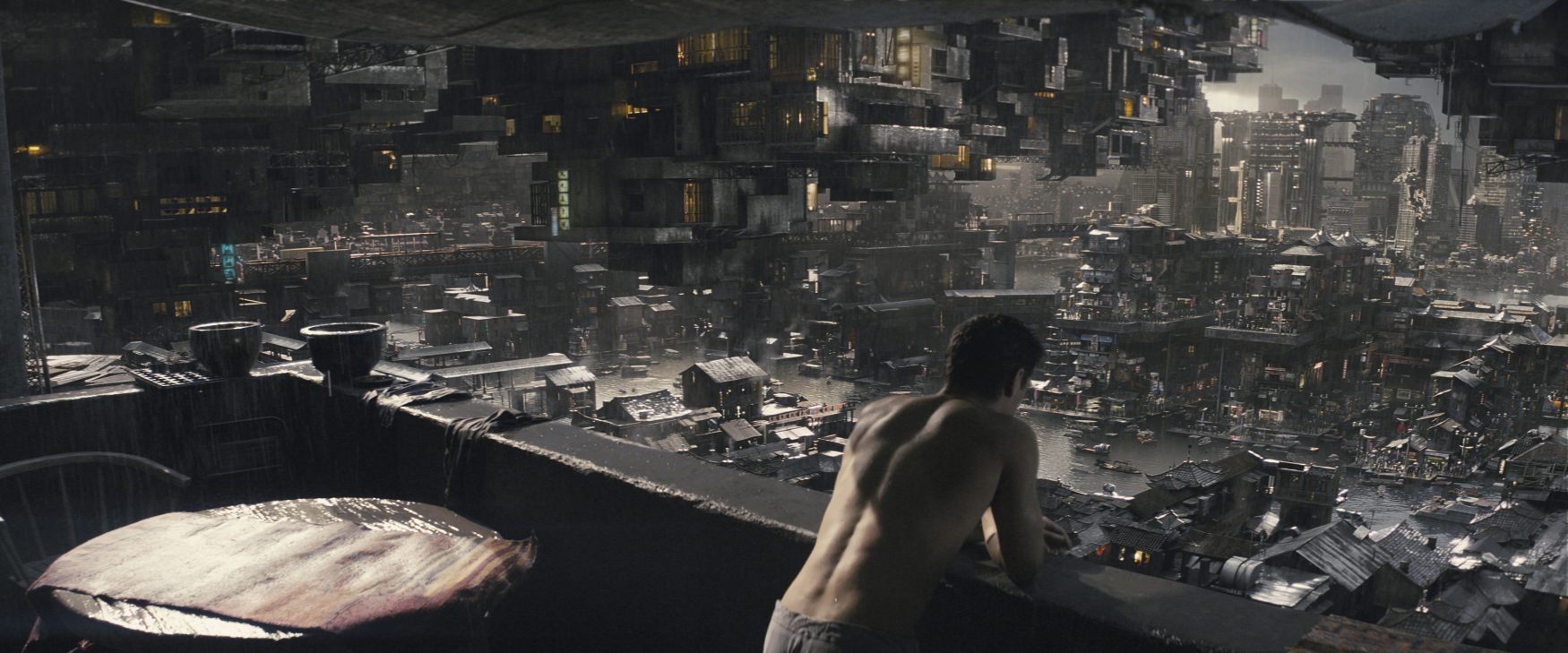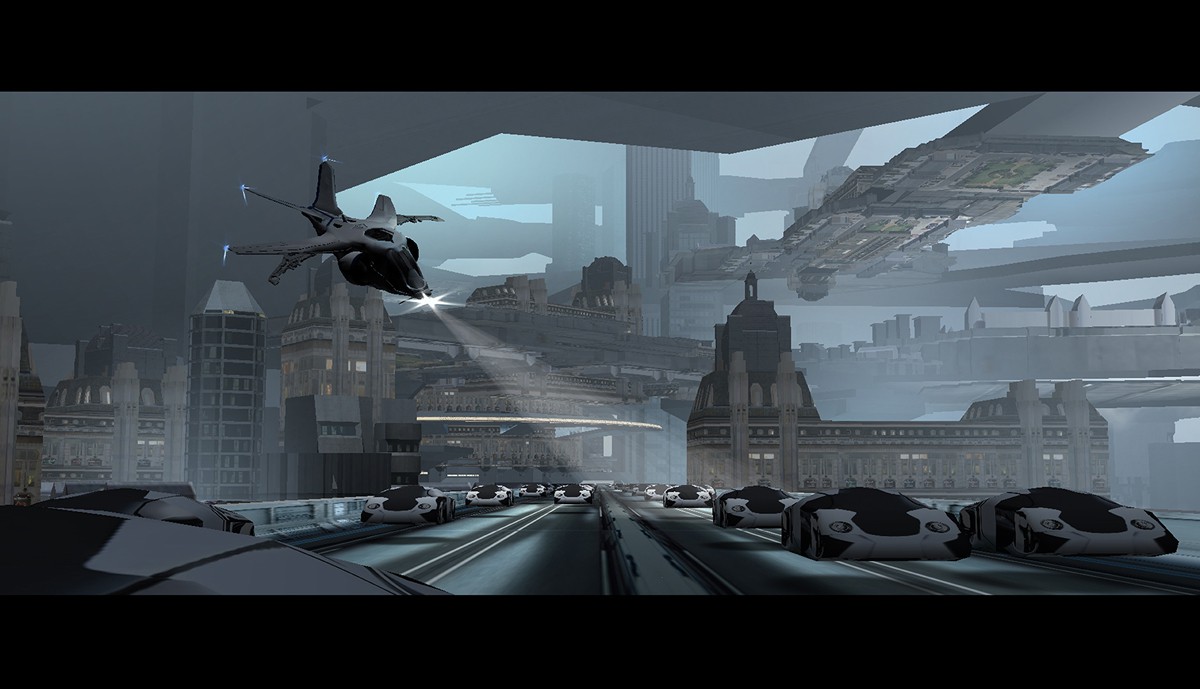

When the memory implant goes horribly wrong, Quaid begins to suspect that he was in fact a secret agent whose current life as a low-level factory is actually the false memory implanted into his brain by the government. Unable to shake the memories, he enters Rekall, a company that provides clients with artificial memories. Takemitsu became a go-to guy for many other major Japanese filmmakers as well, including Masaki Kobayashi ( Harakiri), Akira Kurosawa ( Dodes’ka-den), and Nagisa Oshima ( Empire of Passion) his themes remain some of the most beautiful, spectral music ever written for the screen.In a story set in the late 21st century, Douglas Quaid (Colin Farrell) has disturbing recurring dreams about being a secret agent.


“He involved himself so thoroughly in every aspect of a film—script, casting, location shooting, editing, and total sound designâ€). The deeply sympathetic working relationship that they discovered on that project resulted in Takemitsu’s providing the haunting, instrumentally jarring themes for virtually all of Teshigahara’s subsequent output (“He was always more than a composer,†Teshigahara would recall. It wasn’t until a few years later, though, when his friend Hiroshi Teshigahara asked him to score Teshigahara’s short debut film, José Torres (1959), that Takemitsu’s career in movies truly began. A noted musical avant-gardist in midcentury Japanese intellectual circles, as influenced by jazz as by Debussy, Takemitsu first turned to feature film composing when he was commissioned (along with Masaru Sato) to write the hip, twangy-guitar-inflected score for the Ko Nakahira youth flick Crazed Fruit (1956). Japanese composer Toru Takemitsu, known to Western listeners predominantly as the man behind the music in such iconic movies as Woman in the Dunes and Ran, was an acclaimed classical composer and music theorist well before he became one of his country’s most reliably brilliant scorers of film.


 0 kommentar(er)
0 kommentar(er)
